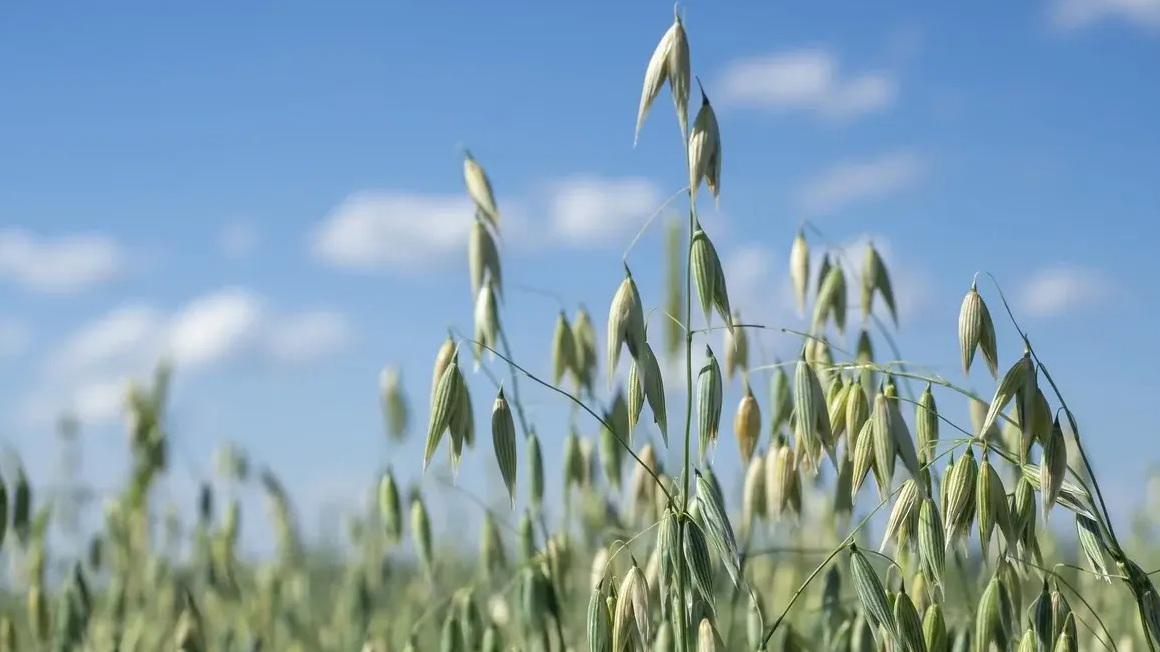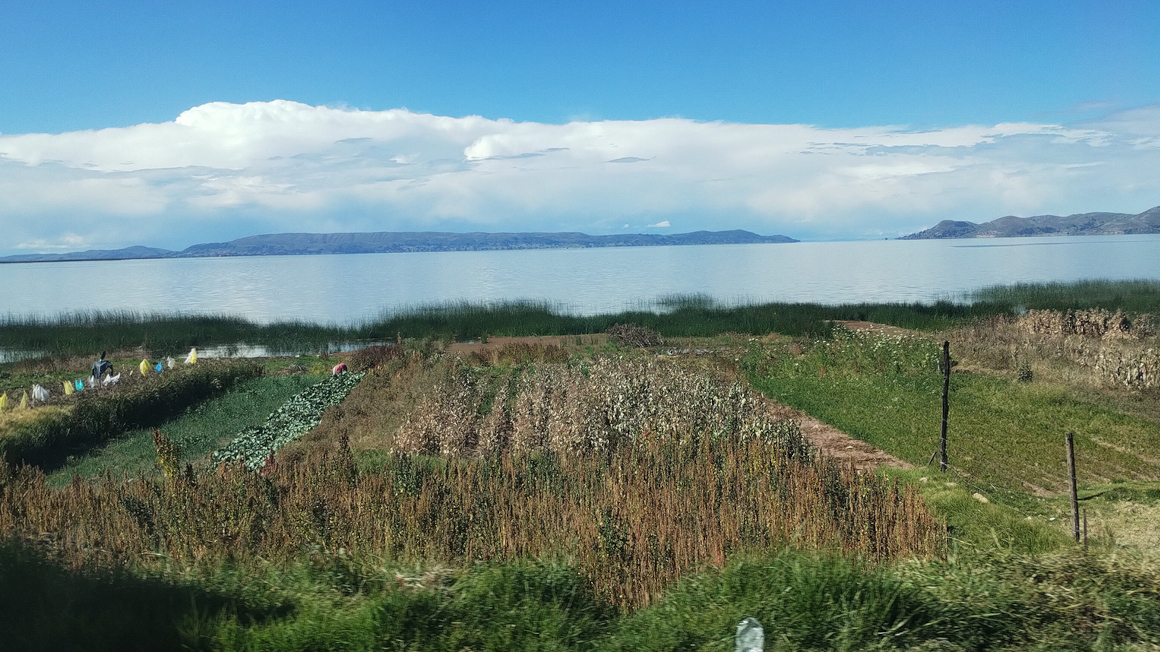Oat genome decoded
A research team involving the Technical University of Munich has decoded the genomes of 33 different oat varieties, thereby recording the entire genetic diversity of this plant.

Oats are one of the most important crops and offer a wide range of uses. However, like many other crops, today's oat varieties face major challenges: heat, drought and new diseases are taking their toll. In order to breed more resistant varieties, a precise understanding of their genes is required. Researchers at the Technical University of Munich (TUM), Helmholtz Munich and the Leibniz Institute of Plant Genetics and Crop Plant Research (IPK) have now succeeded in doing just that. Together with international partners, they have decoded the pangenome of 33 oat lines. The results of the study were published in the journal Nature.
Old and wild varieties could be more robust
A pangenome captures the entire genetic diversity of the varieties studied. It includes both genes that occur in all lines and those that are only present in individual plants. The team analysed genomes from oat lines from different regions of the world. ‘Our results form a foundation that will help us understand which genes are important for yield, climate adaptation and plant health,’ explained Nadia Kamal, Professor of Computational Plant Biology at TUM. The researchers examined 26 cultivated varieties, including some old ones, as well as several wild varieties. The inclusion of these lines was crucial, as modern cultivars have been optimised primarily for yield, resulting in the loss of other beneficial traits. Ancient and wild varieties may have retained such traits, such as greater resistance to drought or disease.
Oats as a climate-resilient cereal
Nadia Kamal's team investigated how thousands of genes are active in different parts of plants and oat lines. Differences in gene activity often reflect geographical origin – an indication that oat populations have adapted to different environmental conditions through targeted gene regulation. On this basis, the researchers created a pantranscriptome, an activity directory of genes, from 23 oat lines. ‘The combination of pangenome and pantranscriptome opens up new possibilities for breeding oat lines that are both high-yielding and adapted to different climatic conditions,’ says Manuel Spannagl of Helmholtz Munich.
‘Although oats account for a smaller share of the market than wheat, rice and maize, it is important not to lose sight of them in the discussion about climate-resilient cereals,’ explains Kamal. "Not only is it good for our health to have a wide range of foods available. It also enables us to at least partially compensate for any crop failures of other species."
lh


